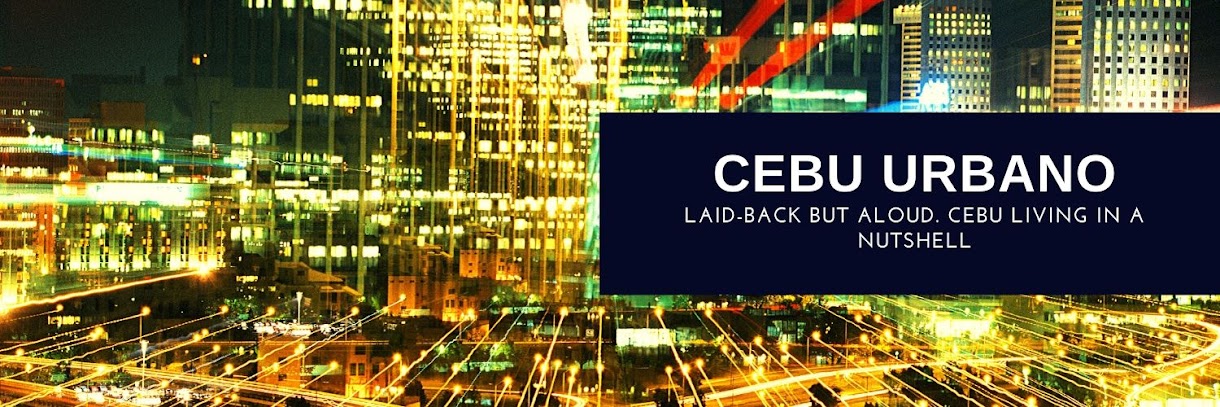Calmly nestled atop the hills of the town of Compostela, sits Q Park- a 200 hectare family and adventure park that’s gaining recognition among adventure seekers, family trippers, curios’, and pilgrims alike. Situated some 35 kilometers north of the metropolitan, Q Park is fully owned by the Quisumbing family and the Norkis Group of Companies and are offering the place’s amenities for the public to enjoy free of charge!
To get to the Park, one must simply enter via the Brgy. Buluang route (the border barangay of Compostela with adjacent Danao City) or by traversing the Brgy. Tubigan- Bagalnga route via Guimbal at Compostela, Poblacion. You’ll never get lost as roadsigns are posted all over the place to guide you on your way.Whatever you’re looking for, be it be family recreation, camping, adventure trekking, or just simply want a place to commune and meditate; a visit at Q Park is a must.
The park’s attractions include:
The Stations of the Cross.
A favorite among pilgrims and devotees especially in the Lenten season, the park boasts of artistic life- size traditional crucifixion scenes each rooted on a steep and scenic landscape.
Marian Hill.
A monument of devotion that’s 41 ft high, the statue of the Blessed Virgin – “Mary, Mother of Love, Peace and Joy” stands like a proud sentinel of religion, seated atop one of the park’s hills and can be accessed through a 300+ step stair the chapel below, all the way up to shrine. If one’s not up for the long climb, then an access road to the overlook is an option.

 Nativity Cave and the Saints.
Nativity Cave and the Saints. Commemorating the birth of Jesus Christ, a natural cave was made to replicate the one in Bethlehem and comes complete with other characters of the holy scene artistically sculpted by local artisans. A visit to another cave nearby, focuses one to the known figures of Filipino devotion such as the Santo Niño de Cebu, Our Lady of Guadalupe, San Lorenzo Ruiz, Blessed Pedro Calungsod and La Pieta- the Sorrowful Madonna with the lifeless Christ on her lap.
Retreat House and Cottages.
The management of Q Park sees to it to offer comfort to visitors. The Park has a sizeable retreat house with air conditioned rooms and three cottages, all complete with kitchenette, toilet, bath and veranda. Reservations and queries maybe made at the Norkis main office at Mandaue City, Cebu.

 Heroes Hill- A Tribute to Filipino Heritage
Heroes Hill- A Tribute to Filipino HeritageWith the goals of preserving national heritage for the coming generations to view, Q Park also features the Heroes Hill- which houses the exhibit of the legacies of unsung Filipino heroes, brave warriors and leaders as well as a tribute for OFWs.
This part of the park is open for students, teachers or just about anyone who wants to get an enriching experience of our heritage.


Boys and Girls Camps.
Q Park also features a campsite for young people to experience camaraderie and adventure of the outdoors or enjoy sitting together amidst the campfire at night.
 The Labyrinth.
The Labyrinth. One of the park’s main attractions is this green labyrinth that’s made of 1, 500 sq. meters of lush greens, that’s a sure challenge for children and the child at hearts to enjoy.
 Encourage everyone to participate in the global fight for the protection and preservation of the environment.
Encourage everyone to participate in the global fight for the protection and preservation of the environment. Q Park is committed to the preservation and protection of the environment and as a token of this social responsibility, encourages visitors in its campsites and Heroes Hill to plant tree seedlings and take care of flora and fauna.
Currently, innovations are still in the works to add more attractions to the park and it’s facilities.
Cebu Urbano7WSWBFY62X2Y










